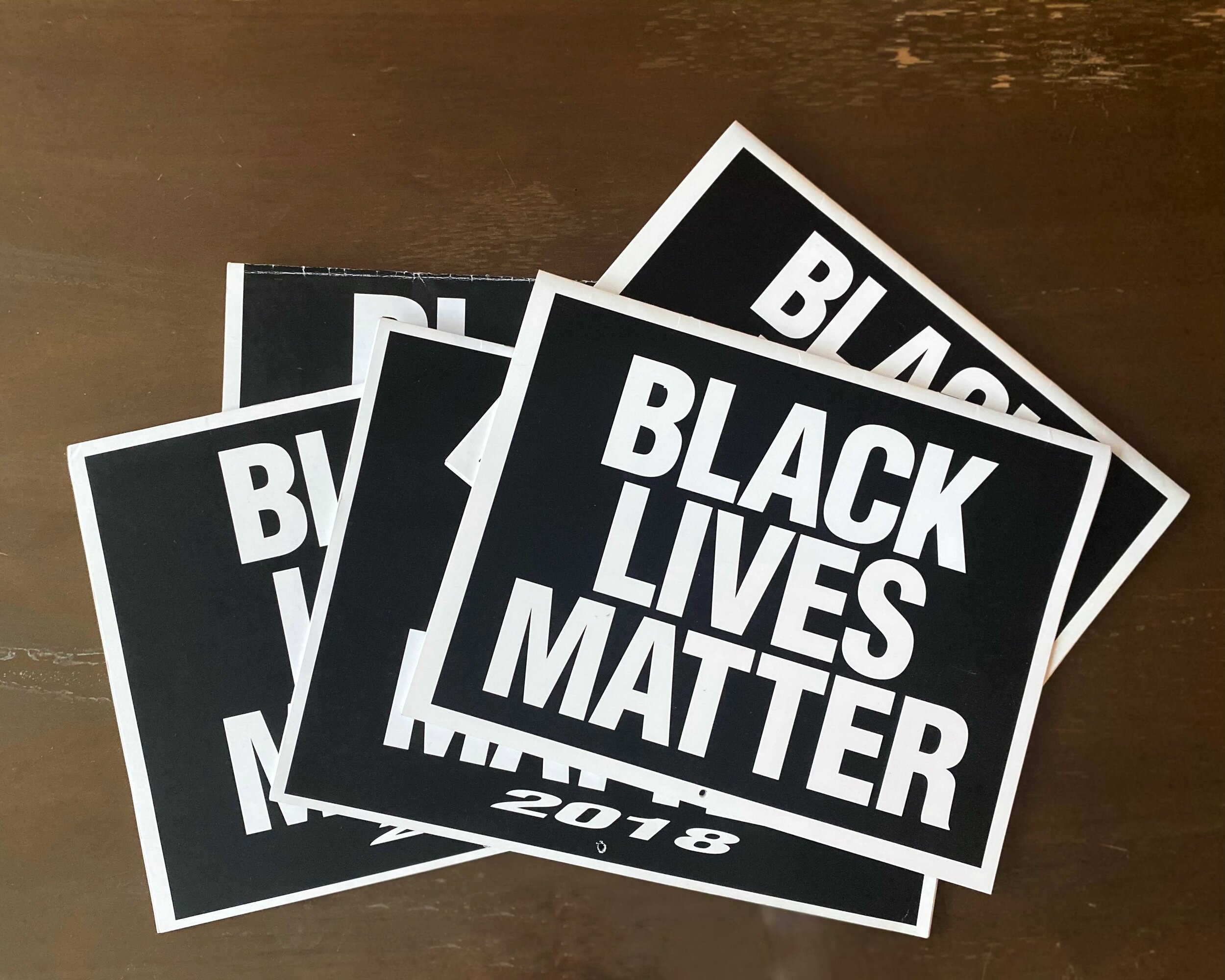Order Today.
The Black Lives Matter calendar commemorates African Americans killed by police. After extensive research, deaths caused by police and correctional officer violence over the foregoing four years are recorded. This is a labor of love, not profit. Any profit realized will be donated.
2025 will be the 11th calendar year that Juli McGruder and John Leach have done this project.
2025 calendars
are hot off the press
About the 2025 Calendar
This is the 11th year of our project, and the 10th calendar produced. Each year the calendar has a different theme for some of the days that do not mark killings of Black citizens by police. This year those days focus on the careers of Black contributors to psychology, psychiatry and psychiatric social work. This theme was inspired by the scores of citizens with mental illness who are killed by police, like the four photo subjects on the January page.
The calendar marks homicides from January 1, 2021–October 31, 2024. Older homicides are left off to accommodate more recent deaths. Every year the police kill more than 1,000 citizens of whom a range of 26% (in 2018) to 29% (in 2019) have been African American. Comparative data for 2024 are not complete as of this writing but so far about 22% of those killed were Black. Black Americans make up about 14% of the U.S. population, a figure that includes multi-racial Black Americans. Researchers agree that Black Americans are grossly overrepresented among those killed by police. According to statistics published on mappingpoliceviolence.org, across the nation not only are Black people more likely to be killed by police, they are more likely to be unarmed and less likely to be threatening someone when killed.
Some cities present higher risks for Black citizens. You can read about your state or city, learn which states will and won’t report offending officers’ names, see the positive effect of electing Black district attorneys on prosecution of criminal police, and examine other patterns in the data by consulting the mappingpoliceviolence.org website and their subsidiary policeviolencereport.org.







